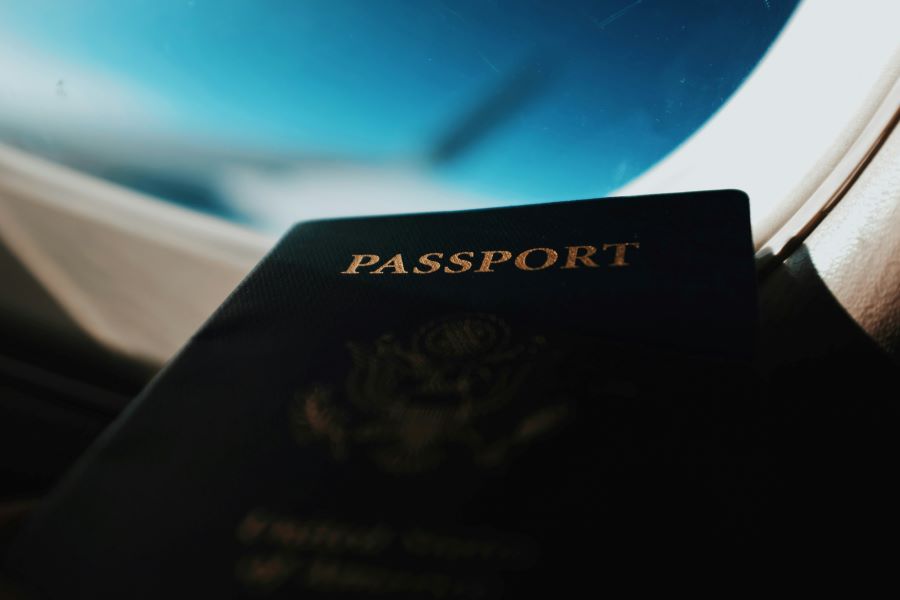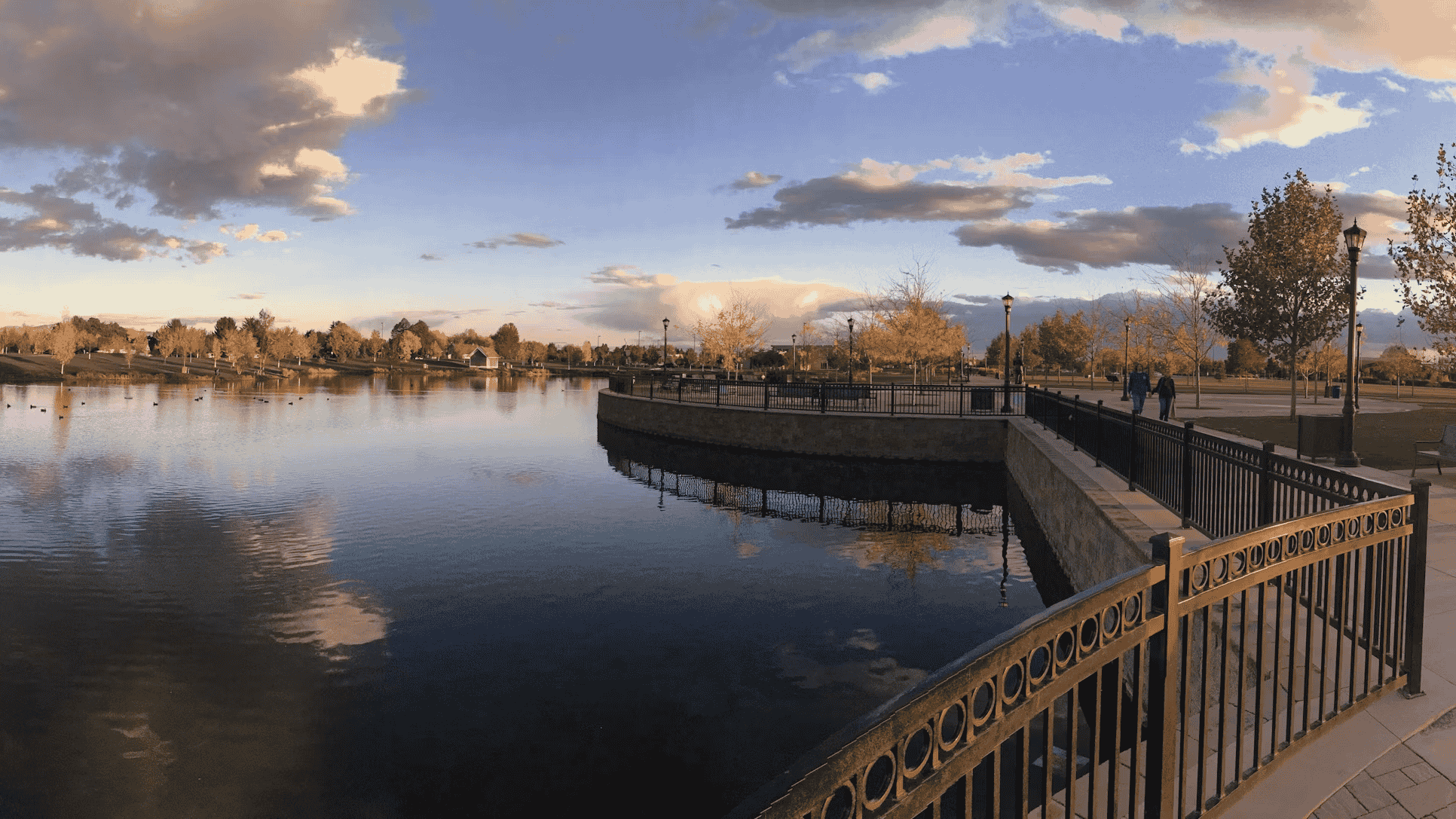Stay connected with Airtel’s international roaming plans as you embark on an unforgettable trip to Poland, ensuring reliable communication while exploring the country’s rich history, stunning landscapes, and vibrant culture.
Buy International Roaming Pack
Bordered by seven nations, Poland sits at the heart of Central Europe. This land of striking beauty boasts 16 UNESCO World Heritage Sites, medieval architecture, sobering Holocaust memorials, spectacular mountain ranges, ancient forests, and a fascinating history shaped by triumph and tragedy. In 2019 alone, Poland welcomed over 21.2 million international visitors. Whether you’re drawn by the allure of Krakow’s cobblestoned charm or the urban energy of Warsaw, this comprehensive guide will help you navigate Poland’s top tourist attractions.
1. Krakow: Poland’s Cultural Capital
Places to see in Krakow are endless, but start with these essentials:
-
Wawel Royal Castle: For centuries, Polish kings ruled from this majestic hilltop complex by the Vistula River. Today, visitors can tour the castle’s ornate chambers and admire its art collection.
-
St. Mary’s Basilica: Every hour, a trumpet call rings out from the tower of this 14th-century church, cutting off abruptly to honor a guard killed by an arrow while warning of Mongol invaders.
-
Kazimierz: Once the heart of Jewish life, this district pulses with bohemian cafes, art galleries, and synagogues.
-
Rynek Główny: Europe’s largest medieval town square is flanked by historic townhouses and the Renaissance Cloth Hall, now an art and craft market.
|
Attraction |
Ticket Price (Adult) |
Hours |
|---|---|---|
|
Wawel Castle |
25 PLN |
Tue-Fri: 9:30am-5pm, Sat-Sun: 10am-5pm, Closed Mon |
|
St. Mary’s Basilica |
15 PLN |
Mon-Sat: 11:30am-6pm, Sun: 2pm-6pm |
|
Oskar Schindler’s Factory |
24 PLN |
Mon: 10am-2pm, Tue-Sun: 10am-6pm |
Insider Tip: While in Krakow, take a sombre but important day trip to nearby Auschwitz-Birkenau, the largest Nazi concentration camp complex. Guided tours depart regularly from the city centre.
2. Warsaw: Poland’s Beating Heart
Razed during WWII, Warsaw has risen like a phoenix. If you are wondering what are the things to do in Warsaw, Poland, span the historical to the cutting-edge of:
-
Old Town: Meticulously reconstructed after the war, Warsaw’s Old Town charms with colorful townhouses and the lively Market Square.
-
POLIN Museum of the History of Polish Jews: This acclaimed museum traces 1,000 years of Jewish history in Poland through interactive exhibits.
-
Palace of Culture and Science: A “gift” from Stalin, this towering example of Socialist Realist architecture now houses theaters, museums, and a viewing terrace.
-
Lazienki Park: Warsaw’s largest park is a serene escape with landscaped gardens, a neoclassical palace, and free Chopin concerts on summer Sundays.
Travel Tip: Warsaw is known for its hearty cuisine. Dig into traditional dishes like pierogi (dumplings), bigos (hunter’s stew), and pączki (Polish doughnuts).
3. Gdansk: Gateway to the Baltic
Gdansk, part of the Tricity area along with Sopot and Gdynia, is a historic Hanseatic League port with a stunning Old Town.
-
Long Market: This pedestrianized thoroughfare is lined with gabled townhouses and anchored by the Neptune Fountain and the 15th-century Artus Court.
-
European Solidarity Center: Housed in a rusted steel building reminiscent of a ship’s hull, this museum chronicles the Solidarity movement that helped end Communist rule.
-
Westerplatte: This small peninsula is where WWII began on September 1, 1939. Today, a stark monument honors the Polish defenders.
Insider Tip: For a unique souvenir, head to ul. Mariacka, where artisans sell amber jewelry in open-air stalls. The Baltic Sea coast is a major source of this fossilised resin.
4. Zakopane and the Tatra Mountains
Nestled at the foot of the Tatra Mountains, Zakopane is Poland’s winter capital and a year-round outdoor adventure hub.
Key attractions include:
-
Kasprowy Wierch: Ride the cable car to the top of this 1,987-meter peak for panoramic views of the Tatras.
-
Krupówki Street: Zakopane’s main pedestrian thoroughfare is filled with shops selling local cheeses, woolens, and leather goods.
-
Morskie Oko: Hike or take a horse-drawn carriage to this stunning glacial lake, the largest in the Tatras.
Travel Tip: Sample oscypek, a smoked sheep’s cheese made by local highland shepherds. It’s delicious grilled with a dollop of cranberry jam.
5. Malbork Castle
Built in the 13th century by the Teutonic Knights, Malbork Castle is the world’s largest castle by land area. This massive red-brick fortress on the banks of the Nogat River is a true medieval marvel.
-
Visitors can explore the castle’s three sections: the High Castle, Middle Castle, and Outer Bailey.
-
Highlights include the Grand Masters’ Palace, the Gothic Great Refectory, and the 14th-century St. Mary’s Church.
Insider Tip: Time your visit to catch one of the castle’s special events, like the Siege of Malbork in July, complete with battle reenactments and craft fairs.
6. Wieliczka Salt Mine
Just outside Krakow, the Wieliczka Salt Mine is an astonishing subterranean world carved entirely out of rock salt.
-
Descend 135 metres underground to explore 2 miles of tunnels and chambers, some adorned with salt sculptures and chandeliers.
-
Don’t miss the Chapel of St. Kinga, a full-sized church with altars and reliefs all hewn from salt.
Travel Tip: Dress warmly, as temperatures in the mine hover around 14°C (57°F) year-round. Wear comfortable shoes for navigating the 800 steps on the tourist route.
7. Białowieża Forest
Straddling the border between Poland and Belarus, Białowieża Forest is Europe’s last primeval woodland and a UNESCO World Heritage Site.
-
The forest is home to some 800 European bison, Europe’s heaviest land animal. Take a guided tour for the best chance of spotting them.
-
Other residents include wolves, lynx, red deer, wild boar, and over 250 bird species.
-
Visit the Nature Museum to learn about the forest’s ecology and cultural history.
Insider Tip: For an atmospheric stay, book a room at a traditional foresters’ lodge like Dwór Bartnika or Gawra Dobarz.
8. Toruń: City of Copernicus and Gingerbread
The medieval city of Toruń is known for two things: being the birthplace of astronomer Nicolaus Copernicus and its delectable gingerbread.
-
Visit Copernicus’s family home, now a museum showcasing a model of his heliocentric solar system.
-
Stroll the beautifully preserved Old Town, with its Gothic town hall, leaning tower, and defensive walls.
-
Stop by the Living Museum of Gingerbread to bake your own spiced treat using a traditional 16th-century recipe.
Travel Tip: Toruń is an easy day trip from Warsaw, with frequent direct trains making the 2.5-hour journey.
Stay Connected on Your Polish Adventure with Airtel
As you explore Poland’s rich history and stunning landscapes, Airtel’s Postpaid international roaming plans keep you seamlessly connected. With reliable coverage, you can easily navigate Poland’s cities, book your tours, and share your unforgettable moments with loved ones.
From Krakow’s historic charm to the natural beauty of the Tatras and Białowieża Forest, Poland has something for every kind of traveler. Whether you’re tracing its past or immersed in its scenic landscapes, you’re sure to have a remarkable journey. Don’t forget to stay connected with Airtel as you embark on your Polish adventure. Powodzenia!


 Get App
Get App  Airtel Store
Airtel Store  Login
Login 


